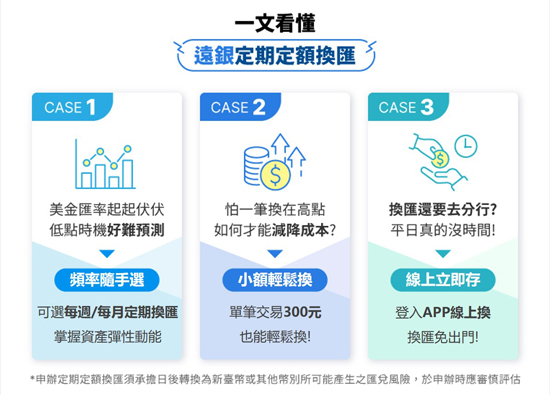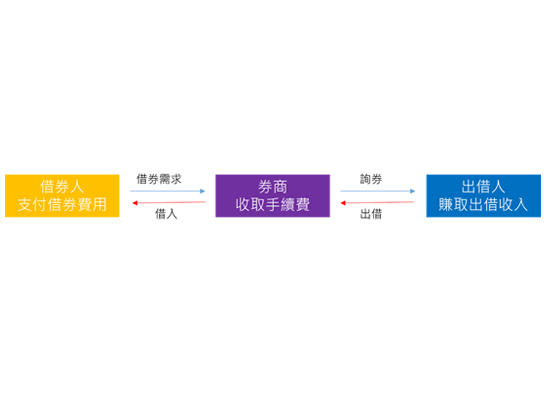11.2024 Life Guide
Total genome next-generation sequencing to identify pathogenic bacteria
Dr. Cai Maosong, Infectious Diseases Department, Far Eastern Memorial Hospital /

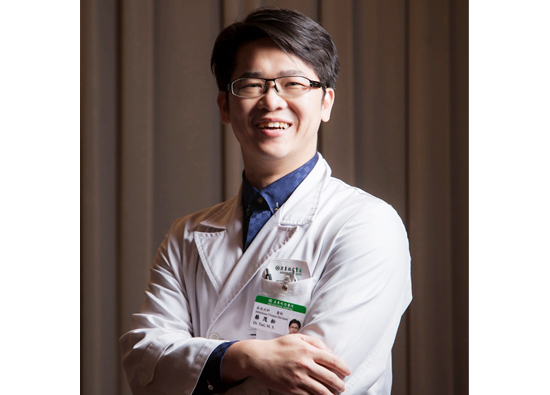
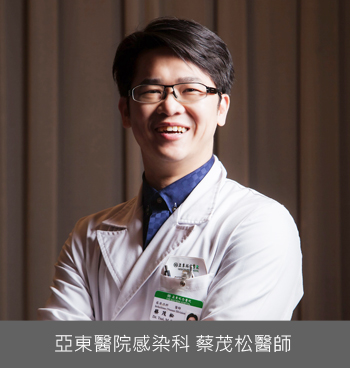 During the global sweep of COVID-19, in fact, encephalitis, pneumonia, septicemia and other infectious diseases also threaten people's health. However, traditional examination methods often fail to quickly identify the cause, which makes doctors headache. In this context, the "Total Genome next-generation sequencing (mNGS)" technology has emerged and is regarded as a powerful tool for diagnosing pathogens, symbolizing the arrival of a new era of precision medicine. This issue of 'Health Column' introduces how it brings new hope to clinical medicine.
During the global sweep of COVID-19, in fact, encephalitis, pneumonia, septicemia and other infectious diseases also threaten people's health. However, traditional examination methods often fail to quickly identify the cause, which makes doctors headache. In this context, the "Total Genome next-generation sequencing (mNGS)" technology has emerged and is regarded as a powerful tool for diagnosing pathogens, symbolizing the arrival of a new era of precision medicine. This issue of 'Health Column' introduces how it brings new hope to clinical medicine.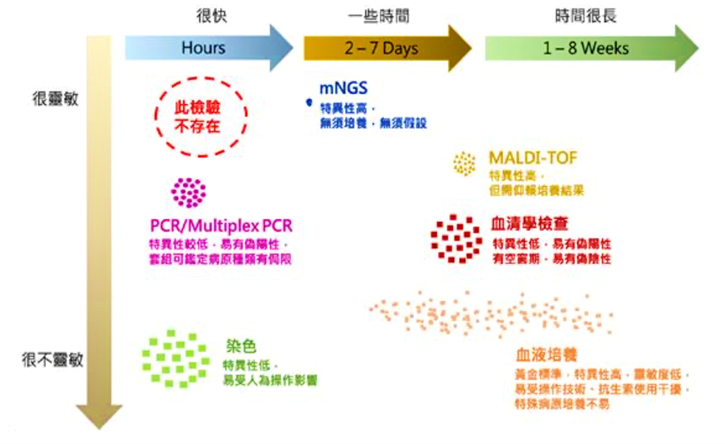 A new tool for diagnosing infectious diseases
A new tool for diagnosing infectious diseasesNext Generation Sequencing (NGS) is a revolutionary DNA sequencing technology that divides DNA (deoxyribonucleic acid) or RNA (ribonucleic acid) into small fragments, analyzes them, and finally reassembles them; Metagenomic Next Generation Sequencing (mNGS) can sequence the DNA or RNA of all microorganisms in a sample and identify multiple microbial species simultaneously, like a super fast reader that allows medical personnel to quickly and accurately read genetic information. It has a wide range of applications, including disease diagnosis, personalized medicine, new drug development, and scientific research.
Traditional diagnostic method: searching for invisible enemies
In the past, medical personnel had to rely not only on the experience of doctors to identify the cause of infection, but also on a series of tests such as blood tests, bacterial culture, etc. Although traditional methods have their value, they also have many limitations, such as: some special strains of bacteria cannot grow in artificial environments, or the cultivation time can last for several weeks; As for serological testing, although it can observe the human body's response to pathogens, due to the fact that everyone's response is different and will vary with the course of the disease, only about 30% of all infectious diseases can identify the source of the disease.
The era of precision medicine requires faster and more accurate diagnostic tools. The mNGS technology does not require prior knowledge of potential pathogens, but can identify pathogens by sequencing DNA or RNA in patient samples and comparing them with genomes in a database.
Figure: Schematic diagram of total genome next-generation sequencing (mNGS) detection
MNGS: A New Revolution in Infectious Disease Diagnosis
The significance of the new technology of Total Genome next-generation sequencing (mNGS) lies in its ability to change the way humans diagnose infectious diseases. Compared to the past, which determined how to detect based on the pathogen, it can provide a complete picture of the DNA or RNA of all microorganisms in the sample at once, making diagnosis more accurate, personalized, and predictive, which is a great leap forward.
Far Eastern Memorial Hospital has accumulated relevant experience in this wave. Recently, an Indonesian male migrant worker was found by colleagues to have abnormal behavior, fever, and silence. Finally, he was sent to the hospital with limbs limp and hospitalized for nearly a month. After more than 10 methods including brain MRI, computed tomography, three brain crest marrow fluid tests, bacterial culture, mold culture, tuberculosis staining and culture, the pathogen could not be found. Seeing the deterioration of his condition, he was transferred to Far Eastern Memorial Hospital and diagnosed with tuberculous meningitis through "next-generation sequencing of the total genome (mNGS)". After treatment, he recovered well and returned home smoothly.
Future application: Integrating mNGS into clinical use
Despite the remarkable efficiency of metagenomic next-generation sequencing (mNGS), there are still difficulties to overcome in its widespread application in medical clinical settings. For example, the process of interpreting data is quite complex, requiring advanced equipment and professional knowledge, and the overall cost is high. Therefore, experts suggest that it can be used in specific situations where traditional methods cannot find the cause or in patients with weak immunity. The purpose is not to replace traditional methods, but to strengthen the shortcomings of existing examinations and provide medical personnel with more tools to fight against infectious diseases.
In the future, with the advancement of medical technology and cost reduction, "total genome next-generation sequencing (mNGS)" is expected to play a more important role in clinical diagnosis, assisting physicians in quickly finding treatment methods to save lives. This relies on the joint efforts of the public, clinical physicians, microbiologists, bioinformatics experts, and policy makers to overcome challenges and usher in a new era of diagnosis.
Dr. Cai Maosong's expertise includes general infectious diseases and HIV/AIDS.
#


